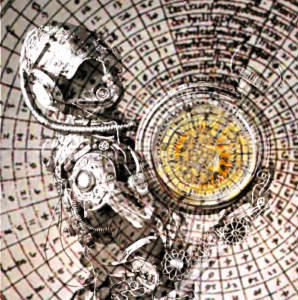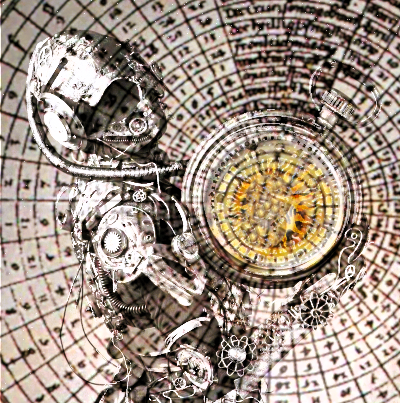Time Measurement
How our modern calendar system was developed
Before the Gregorian calendar that most of us use today, various cultures had different methods to measure time. These early calendars were often linked to agricultural cycles, religious observances, and practical needs for timekeeping.
1. Lunar Calendars: Many early societies used lunar calendars based on the phases of the moon. Months were roughly equivalent to one lunar cycle, but this system resulted in a shorter year than the solar year.
2. Solar Calendars: Some civilizations based their calendars on the solar year, aligning with the Earth’s orbit around the sun. Ancient Egyptians and Babylonians had solar-based calendars, but they faced challenges in accurately measuring the solar year. The solar cycle period contains exactly 20,871 weeks. In each period there are 71 years with a 53rd calendar
3. Lunisolar Calendars: Combining elements of both lunar and solar calendars, lunisolar calendars attempted to synchronize lunar months with solar years. The Hebrew calendar is an example of a lunisolar calendar.
4. Seasonal Observations: In certain cultures, time was measured based on natural events and seasonal changes. This approach often involved observing the positions of stars or the behavior of plants and animals.
The lack of precise astronomical measurements led to inaccuracies in tracking the solar year, prompting the development of more sophisticated calendar systems.
The Julian calendar
The Julian calendar, introduced by Julius Caesar in 46 BCE, was the precursor to the Gregorian calendar.
Just like the Gregorian calendar it starts from the traditionally accepted year of the birth of Jesus Christ, with the transition from December 31, 1 BC, to January 1, AD 1.
It exists of 12 months, with a leap year every fourth year, where an extra day is added to February. This approach resulted in an average year length of 365.25 days. The Julian calendar did not precisely align with the solar year. It exceeded the true solar year by about 11 minutes annually.
The Julian calendar served as the standard in many Western countries for over 1600 years. However, the slight miscalculation in the leap year system led to a misalignment of the calendar with the solar year over time. This discrepancy prompted the introduction of the Gregorian calendar in 1582 to bring the calendar back in sync with astronomical events.
The Gregorian calendar is a solar calendar, based on Earth’s orbit around the sun. It also consists of 12 months, with varying lengths, and a leap year every four years. However, years divisible by 100 are not leap years unless they are also divisible by 400. For example, the year 2000 was a leap year, but 1900 was not.
While the Gregorian calendar is widely used and generally effective, it has some shortcomings:

Weaknesses of the Gregorian Calendar
- Leap Year System: The leap year system, while necessary to keep the calendar in line with the solar year, can lead to inaccuracies. Occasionally skipping leap years, as in the case of years divisible by 100 but not 400, is a somewhat artificial adjustment.
Length of Months: The varying lengths of months can be seen as arbitrary and don’t correspond precisely to the lunar or solar cycles. This irregularity can complicate certain calculations.
- Start Date: The calendar’s starting point, the traditionally accepted year of the birth of Jesus Christ, is based on historical estimations and lacks a universally agreed-upon historical event.
- Cultural Differences: The Gregorian calendar might not align perfectly with various cultural or religious observances, leading to conflicts in scheduling holidays and celebrations.
- Seasonal Drift: Over a long period, the Gregorian calendar can experience a gradual drift in relation to the seasons. This is due to the fact that the year is not exactly 365.25 days long.
For the process of our movie, we took these issues into considerations. If we try to hold onto time with mathematic units and methods, we will get countable results, but still face imperfection.
Following this blog, you will get even deeper insights into the issues of measuring time, including clock mechanisms and the subjective influence of time perception.
Sooner or later, the idea of the perfect routine can’t hold itself steady and will crack.
Maybe this world is not meant to be fully measurable?
…to be continued

